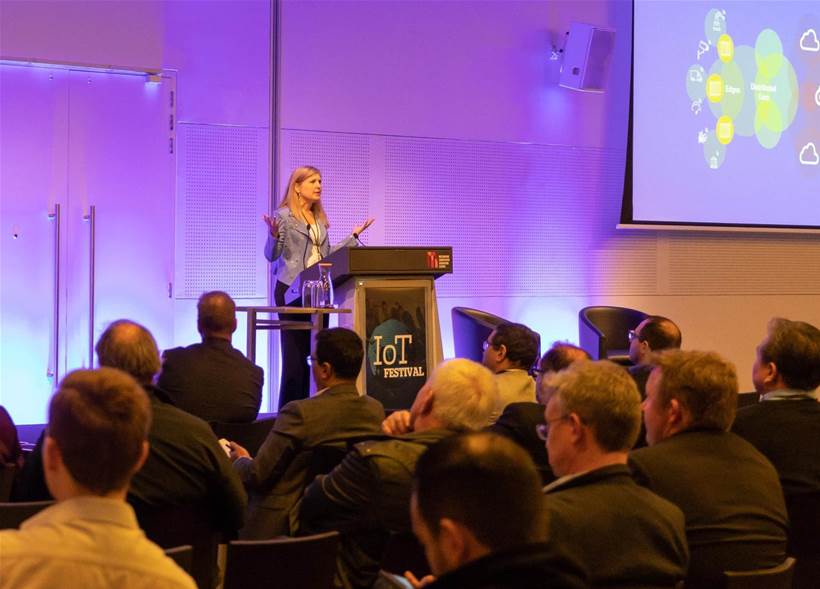Overcoming organisational challenges and real-world constraints is just as important as picking technologies, Dell Technologies' Internet of Things marketing director Kirsten Billhardt has advised a capacity audience at the IoT Festival.
Those issues inevitably made themselves known in a range of ways but it is always important to go into IoT projects remembering that “change has consequences”, Billhardt said, as she discussed several key lessons the firm had already taken from IoT projects to date.
Over-committing or setting internal expectations too high was a surefire way to breed project failure, Billhardt said, arguing that “there needs to be that one KPI or metric that you are betting on.”
“You need to be able to find that ROI,” she said. “That’s what takes it from having fun with technology in your lab, to making a meaningful change in your business.”
“If you can’t find something to bet against then hold your fire until you find the thing that does.”
Many organisations had identified viable use cases in leveraging IoT to improve compliance and product traceability, she said, and in this context it is important for businesses to choose partners and internal support staff with extensive domain expertise.
Effectively sourcing and coordinating that expertise will provide a solution that provides far more relevance than generic platforms, she added, noting that successful projects must design-in adequate headroom to support expanding usage over time.
Scalability also requires an intelligent approach to edge devices, with distributed technologies such as analytics and artificial intelligence critical to “training the edge” and ensuring the operational core doesn’t become bogged down with masses of collected data.
“Edge computing is becoming more and more important as data grows up at the edge,” Billhardt explained.
“It is often less costly to take care of the analytics at the edge than backhauling a greater amount of data over the network, which is not free, to a cloud that is also not free.”
Particularly with many IoT deployments demanding near-instant response, she said, “there is not enough time for data to make that long, perilous journey from the edge to the cloud, spin up the results, and come back down.”







